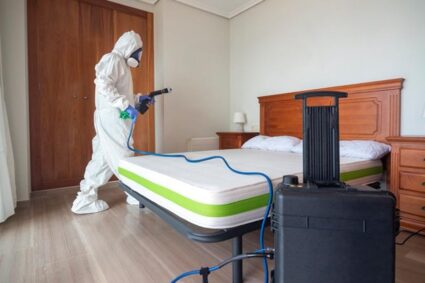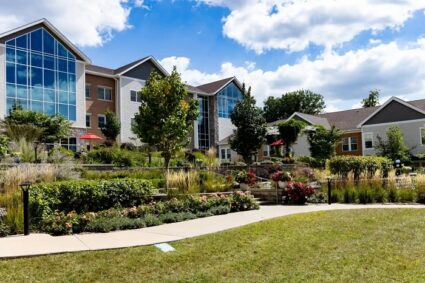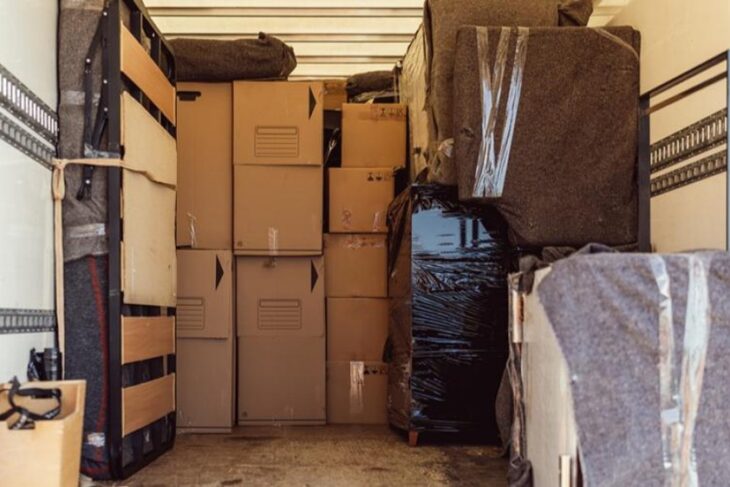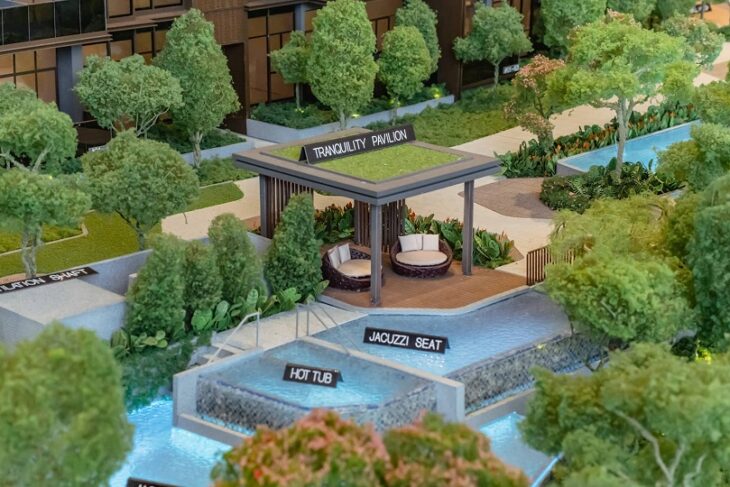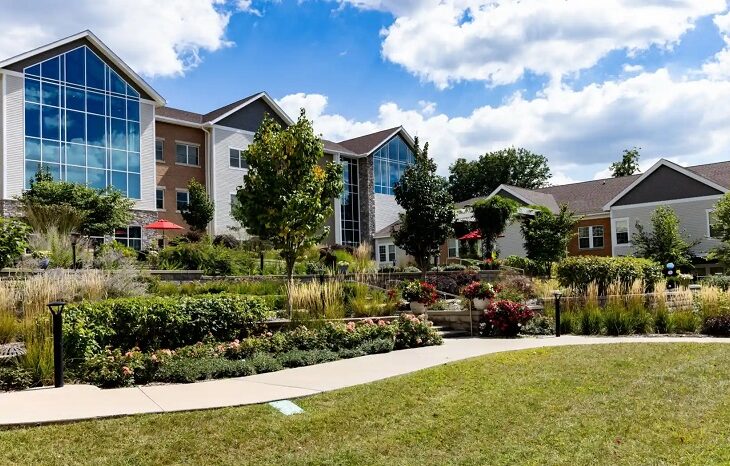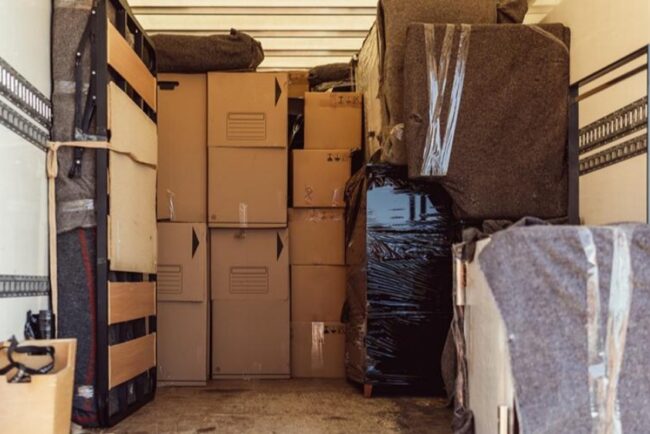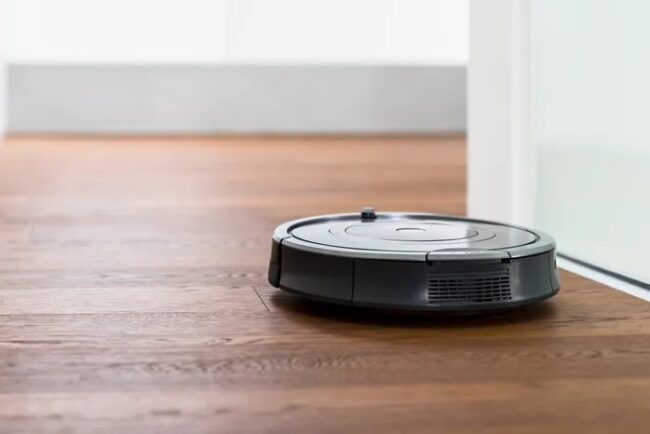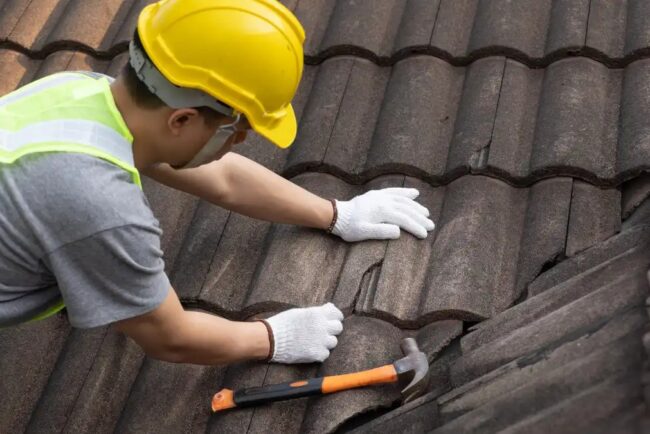
As building technologies evolve, so too does the approach to wall leakage repair. Advances in materials, techniques, and technologies are transforming how we address and prevent water seepage issues. This article explores the latest advancements in wall leakage repair, including innovative water seepage repair methods, and focuses on emerging trends and future directions in the industry.
Emerging Technologies in Wall Leakage Repair
- Smart Waterproofing Systems
Smart waterproofing systems represent a significant leap forward in managing wall leakage. These systems integrate sensors and monitoring technologies to detect moisture levels and potential leaks in real-time. Smart systems can provide early warnings and diagnostics, allowing for proactive maintenance before minor issues escalate into major problems. For example, sensors embedded in walls can measure humidity and send alerts if levels exceed predefined thresholds, facilitating prompt intervention.
- Advanced Sealants and Coatings
The development of advanced sealants and coatings has greatly improved the effectiveness of wall leakage repair. Modern sealants offer superior adhesion and flexibility, accommodating movements in building materials while maintaining a watertight seal. Similarly, advanced coatings include hydrophobic and superhydrophobic treatments that repel water more effectively than traditional options. These coatings can be applied as part of a comprehensive repair strategy to enhance the durability and performance of wall surfaces.
- Nanotechnology-Based Solutions
Nanotechnology is making its mark in water leakage in wall repair by enhancing the properties of repair materials. Nanoparticles are being used to create high-performance sealants and coatings with improved water resistance and durability. These nanotechnology-based solutions offer enhanced penetration and bonding capabilities, providing more effective barriers against water seepage. This technology promises to extend the lifespan of water leak in wall repairs and reduce the frequency of maintenance.
Innovative Repair Methods
- Injection Grouting
Injection grouting remains a crucial method for repairing wall leaks, but advancements have refined its application. Modern grouting materials are designed to improve flow and penetration into cracks and voids, ensuring a more comprehensive repair. New formulations include fast-setting grouts that minimise downtime and reduce the risk of further water damage during the curing process. Enhanced grouting techniques also offer better adhesion and bonding, resulting in more durable and long-lasting repairs.
- Electroosmotic Systems
Electroosmotic systems have gained traction as an advanced solution for managing water seepage in walls. These systems use low-voltage electrical currents to drive water away from the building’s structure. By applying an electrical field, electroosmotic systems alter the movement of moisture, preventing it from penetrating the wall. This method is particularly effective in high-groundwater areas and can complement traditional waterproofing strategies.
- High-Performance Membranes
High-performance waterproofing membranes have become increasingly sophisticated, offering improved protection against water ingress. Advances in membrane technology include multi-layered systems that combine different materials for enhanced performance. These membranes are designed to be applied and provide superior resistance to water pressure and environmental factors. Innovations in membrane technology contribute to more effective long-term solutions for wall leakage issues.
Trends Shaping the Future of Wall Leakage Repair
- Sustainability and Eco-Friendly Solutions
The focus on sustainability is shaping the future of wall leakage repair. The industry is increasingly adopting eco-friendly materials and methods that reduce environmental impact. Sustainable sealants, coatings, and repair materials are designed to be less harmful to the environment while maintaining high performance. Additionally, there is a growing emphasis on using recycled materials and minimising waste in repair processes.
- Integration with Building Information Modeling (BIM)
Building Information Modeling (BIM) is revolutionising how wall leakage repairs are planned and executed. BIM allows for detailed modelling of building structures, including potential areas of water seepage. This integration facilitates better planning and simulation of repair methods, leading to more accurate and efficient repairs. BIM also enhances coordination between various stakeholders, ensuring that repair strategies are aligned with overall building management plans.
Conclusion
The field of wall leakage repair is rapidly evolving, driven by technological advancements and innovative methods. Modern waterproofing systems, advanced sealants, and nanotechnology-based solutions are transforming how we approach water seepage issues. Innovative repair methods like injection grouting and electroosmotic systems are enhancing repair effectiveness, while trends such as sustainability and integration with BIM are shaping the future of the industry. As these technologies and methods continue to develop, they promise to offer more efficient, durable, and environmentally friendly solutions for managing wall leakage and ensuring the long-term integrity of building structures.
Contact Eternity Waterproofing today for more information.

